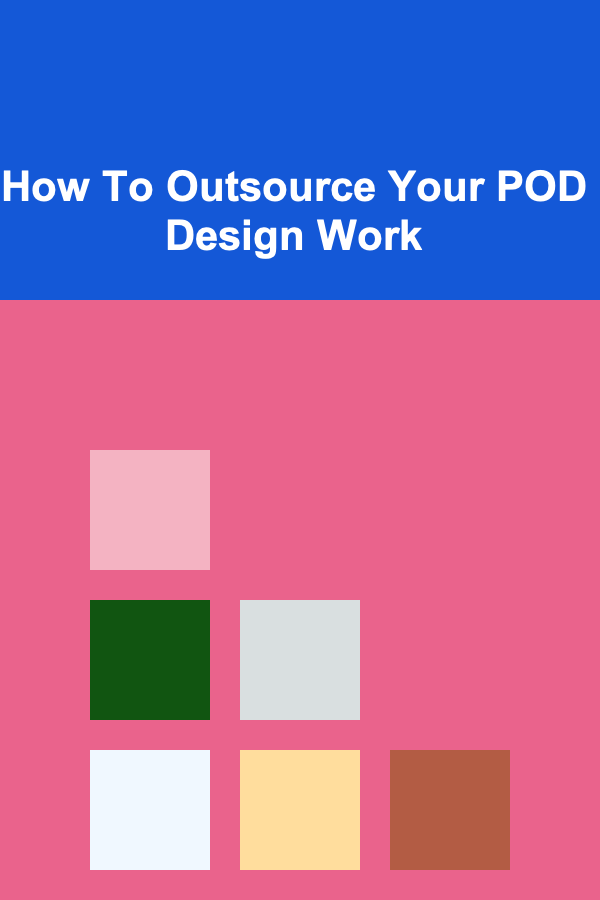
How To Outsource Your POD Design Work
ebook include PDF & Audio bundle (Micro Guide)
$12.99$6.99
Limited Time Offer! Order within the next:

Outsourcing your Print on Demand (POD) design work is a smart strategy that can save time, boost creativity, and streamline the production process. Whether you are a seasoned POD seller or just getting started, knowing how to effectively outsource design work is a key to scaling your business while maintaining high-quality, unique products. In this article, we will explore the ins and outs of outsourcing POD design work, how to find the right designers, and the strategies to maximize success.
Understanding the POD Design Process
Before diving into how to outsource your POD design work, it's important to understand the basics of the POD process. Print on Demand (POD) allows you to sell custom designs on products like T-shirts, mugs, posters, and phone cases, without holding inventory. Once a customer places an order, the design is printed and shipped on demand.
Design is the heart of the POD business. The unique and eye-catching visuals you create (or outsource) will differentiate your brand in a crowded marketplace. A successful POD design needs to align with your target audience's preferences, current design trends, and the capabilities of your printing platform.
1.1 Why Outsource POD Design?
Outsourcing POD design work offers several advantages:
- Cost-effectiveness: Hiring a freelance designer or agency is often cheaper than hiring a full-time in-house designer.
- Access to expertise: Experienced designers bring a fresh perspective and can elevate the quality of your designs.
- Time-saving: Outsourcing allows you to focus on other important aspects of your business, such as marketing, customer service, or product selection.
- Scalability: As your business grows, outsourcing can help you scale up your operations without the hassle of hiring and managing additional employees.
Identifying Your Needs
Before you can outsource your POD design work, you need to identify exactly what kind of designs you're looking for. This will help you communicate your vision clearly to the designer and avoid any misunderstandings.
2.1 Type of Products
POD businesses offer a variety of products for custom designs. These can range from apparel (T-shirts, hoodies, socks) to home goods (mugs, cushions, posters) to accessories (phone cases, tote bags, hats). The design requirements for each product type may vary:
- T-shirts and apparel: Designs need to work well on fabric, ensuring the graphics are visible and not too intricate for printing.
- Home goods: Products like mugs and posters may allow for more intricate designs, with more freedom in terms of color and detail.
- Accessories: Smaller designs may need to be more compact and simple.
2.2 Style and Aesthetic
Understanding the style of design that aligns with your brand is essential. POD businesses span various niches, from minimalistic designs to vintage, retro, humorous, or even highly detailed art. The style you choose should reflect your target audience and the type of products you want to sell.
Some common POD design styles include:
- Typography-focused designs: Featuring catchy slogans, quotes, or words.
- Illustrative art: Hand-drawn or digital illustrations that evoke a particular emotion or theme.
- Abstract designs: Focused on shapes, colors, and patterns without clear figures or objects.
- Photographic designs: Using real photographs, often altered with filters or effects.
2.3 Brand Voice
Every successful POD business has a distinct brand voice. Whether you're targeting millennials, pet lovers, or eco-conscious consumers, your designs should reflect your brand's personality and mission. A well-established brand voice helps ensure consistency across all your designs and marketing efforts.
Finding the Right Designers
Once you've defined your design needs, the next step is to find the right designers. There are several routes you can take to find talented freelancers or design agencies.
3.1 Freelance Platforms
One of the easiest ways to find a POD designer is through freelance platforms. These platforms provide a broad selection of designers with various levels of expertise, from novice to seasoned professionals. Some popular platforms include:
- Upwork: A platform where you can post your job and receive proposals from freelancers, allowing you to review portfolios, negotiate terms, and hire the best candidate.
- Fiverr: A marketplace for freelance services where designers offer specific design packages at different price points. It's ideal for one-off projects or quick design needs.
- 99designs: A platform focused on design work, where you can run a design contest or hire a designer directly based on their portfolio.
- DesignCrowd: Similar to 99designs, this platform allows you to run a design contest and choose from multiple submissions.
3.2 Design Agencies
If you prefer working with a more established team, a design agency could be a good option. Agencies generally offer a full suite of design services and may be able to handle larger volumes of work or more complex design requests. Agencies tend to be pricier than freelancers but can offer higher quality and more reliable turnaround times.
3.3 Social Media and Design Communities
Many designers actively showcase their work on social media platforms like Instagram, Pinterest, and Dribbble. If you have a particular aesthetic or style in mind, these platforms can help you find designers whose work resonates with your vision. Reaching out directly to a designer via their social media or through their website is a common and effective way to initiate a working relationship.
3.4 Referrals and Networking
Networking is another great way to find skilled POD designers. If you have friends or colleagues in the POD or e-commerce industry, ask for recommendations. Referrals from people who have worked with the designer can give you confidence in their reliability and quality.
Setting Clear Expectations and Communication
Effective communication is essential when outsourcing your design work. To ensure the final product aligns with your vision, it's crucial to set clear expectations from the outset.
4.1 Provide Detailed Briefs
A detailed project brief is your first step in communicating your needs clearly. Your brief should include:
- Product description: Specify the product(s) the design is for (e.g., T-shirt, mug, poster).
- Design style: Describe the aesthetic you're looking for. Provide examples, if possible.
- Target audience: Share information about who your target customers are.
- Brand guidelines: If you have specific colors, fonts, or logos, include them in the brief.
- Timeline: Set deadlines for initial drafts and final delivery.
- Budget: Be upfront about your budget, including any potential additional costs for revisions.
4.2 Set Up Regular Check-ins
Even if you're working with a designer remotely, regular check-ins are vital. Set up a communication plan that works for both parties. Whether it's weekly video calls, email updates, or messaging through a project management tool, staying on top of progress helps catch issues early and ensures you stay on track with deadlines.
4.3 Provide Feedback Constructively
Feedback is an essential part of the design process. Make sure to offer specific and constructive feedback:
- Be clear and specific: Instead of vague comments like "make it pop," explain exactly what changes you would like to see, such as altering the color scheme or resizing the text.
- Give positive feedback: Acknowledge what the designer has done well. Positive reinforcement encourages collaboration.
- Be open to suggestions: Designers are experts in their field, so be open to their ideas and recommendations.
4.4 Clarify Ownership and Rights
Before you start working with a designer, it's essential to discuss ownership of the designs. Ensure that the agreement specifies that the designs will be your intellectual property once completed and paid for. Some platforms (like Fiverr or 99designs) have standard terms of use, but it's always good practice to clarify this in writing.
Managing the Design Process
Once you've selected a designer and established clear expectations, managing the design process efficiently becomes the next priority.
5.1 Using Project Management Tools
To keep everything organized, consider using project management tools like Trello, Asana, or Monday.com. These tools allow you to manage tasks, deadlines, and communication in one place. You can also upload files, keep track of revisions, and maintain a timeline for the design process.
5.2 Set Realistic Timelines
POD design work, like any creative project, can take time. Set realistic expectations for turnaround times, allowing the designer to produce high-quality work without unnecessary pressure. Allow time for revisions and unexpected delays, but also hold the designer accountable to deadlines.
5.3 Handling Revisions
Most designers offer a set number of revisions as part of their pricing. However, if the project requires more rounds of revisions, discuss how these will be handled. Be sure to balance the need for revisions with the designer's time and your budget.
Evaluating and Scaling Your Outsourcing Efforts
Once you've gone through the process of outsourcing your first few POD designs, it's time to evaluate your experience and consider how to scale your design work in the future.
6.1 Review Design Quality and Performance
After launching your POD products with the new designs, monitor their performance. Which designs resonate most with customers? Which products sell best? This will help you refine your design strategy for future outsourcing projects.
6.2 Building a Long-Term Relationship
If you've found a designer whose work aligns with your brand and meets your expectations, consider building a long-term relationship. Long-term collaboration helps streamline future design work, as the designer becomes more familiar with your style and preferences. You can negotiate bulk pricing for ongoing work or even hire the designer for exclusive designs.
6.3 Scaling Up Design Work
As your business grows, so too will your design needs.
Reading More From Our Other Websites
- [Home Rental Property 101] How to Navigate the Lease Agreement Process with Tenants
- [Personal Care Tips 101] How to Choose a Mouthwash for Dental Implants
- [Home Budget Decorating 101] How to Create a Luxury Look on a Budget with Affordable Textiles
- [Home Space Saving 101] How to Maximize Kitchen Space: The Ultimate Guide to Appliance Garages
- [Home Budget Decorating 101] How to Incorporate DIY Projects into Your Home Decor
- [Home Family Activity 101] How to Build a Family Indoor Fort for a Cozy Movie Marathon
- [Personal Finance Management 101] How to Teach Kids About Money Management from an Early Age
- [Home Budget Decorating 101] How to Make Your Home Feel Cozy Without Spending a Lot
- [Screen Printing Tip 101] Best High‑Speed Automation Techniques for Small‑Batch Screen Printing Businesses
- [Home Lighting 101] How to Create a Welcoming Entryway with Lighting

Exploring the Potential for Passive Income with Deep Learning Solutions
Read More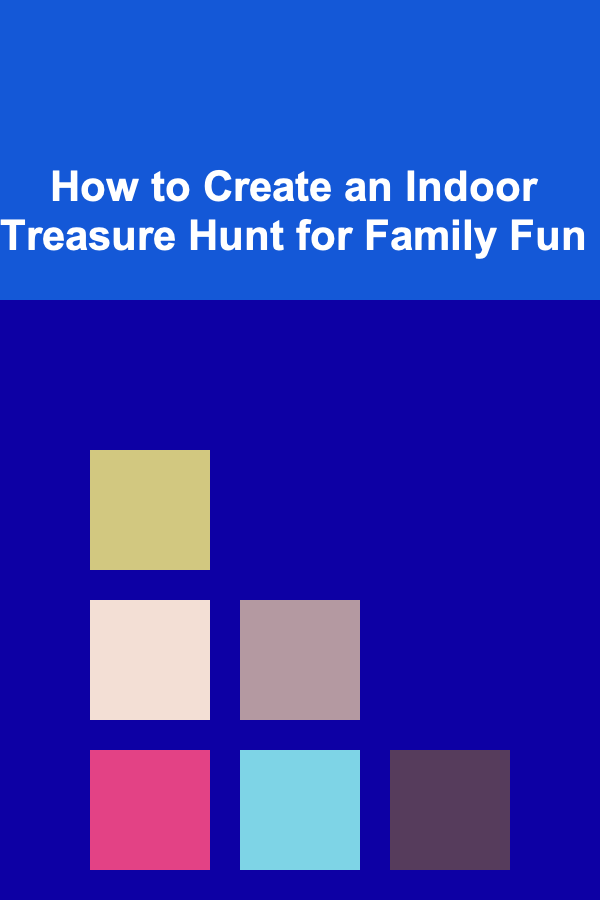
How to Create an Indoor Treasure Hunt for Family Fun
Read More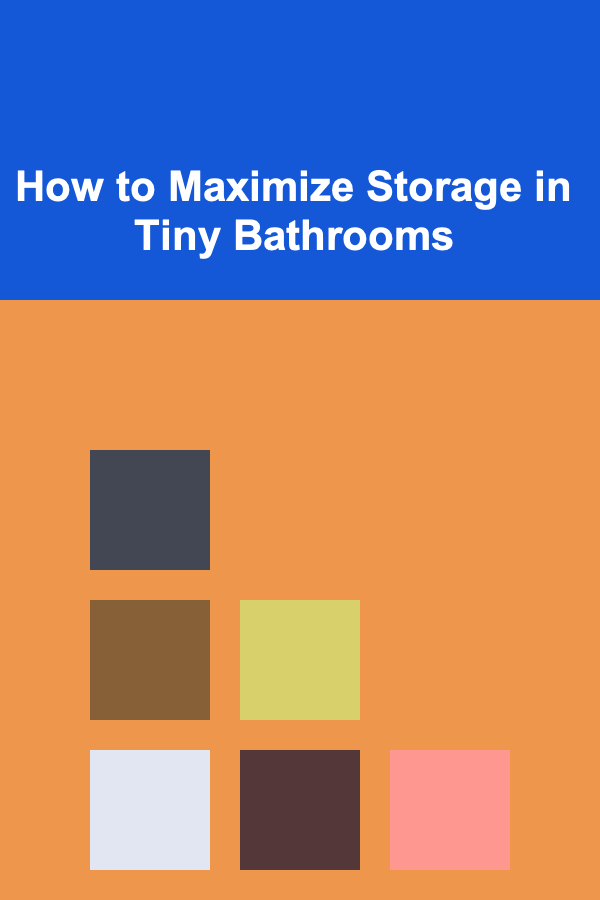
How to Maximize Storage in Tiny Bathrooms
Read More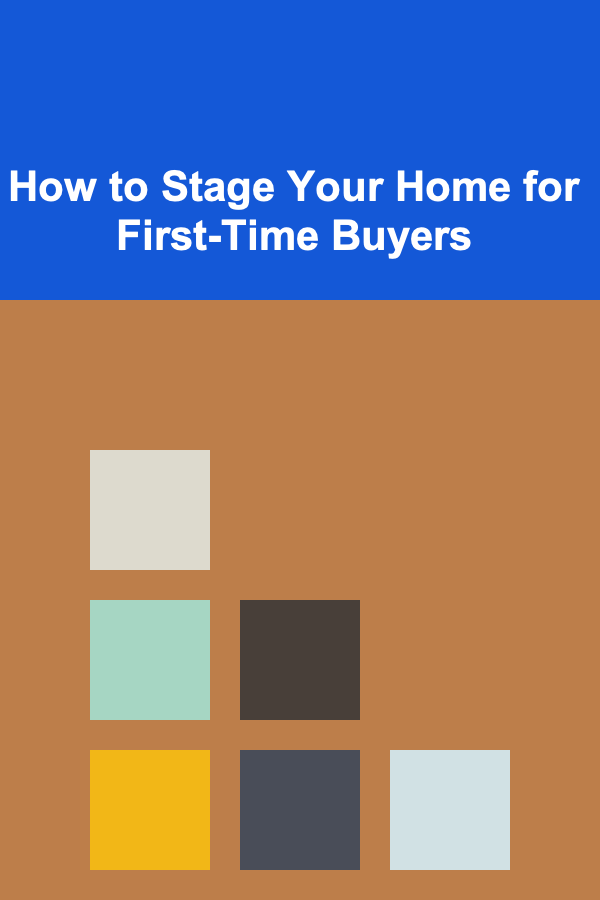
How to Stage Your Home for First-Time Buyers
Read More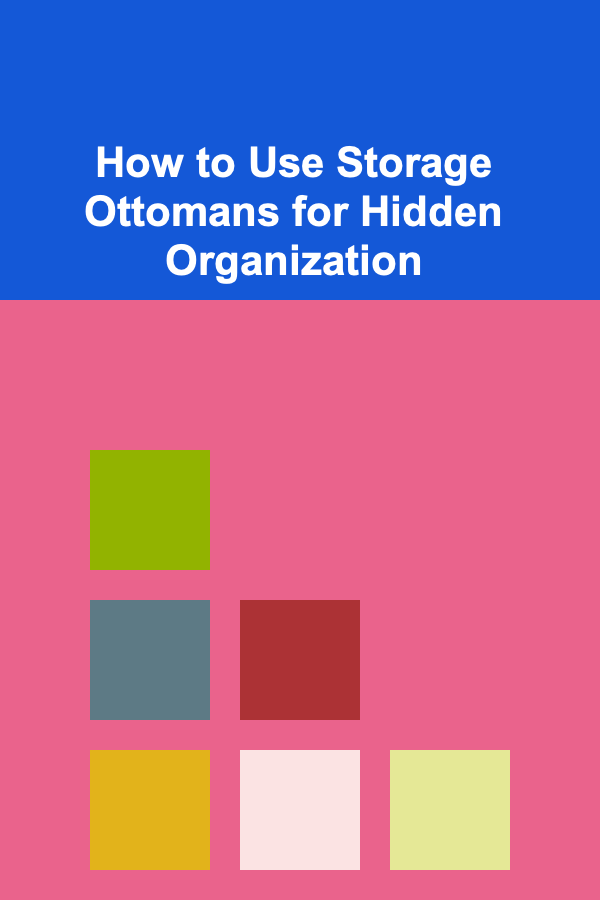
How to Use Storage Ottomans for Hidden Organization
Read More
How to Negotiate a Better Investment Banking Bonus
Read MoreOther Products

Exploring the Potential for Passive Income with Deep Learning Solutions
Read More
How to Create an Indoor Treasure Hunt for Family Fun
Read More
How to Maximize Storage in Tiny Bathrooms
Read More
How to Stage Your Home for First-Time Buyers
Read More
How to Use Storage Ottomans for Hidden Organization
Read More